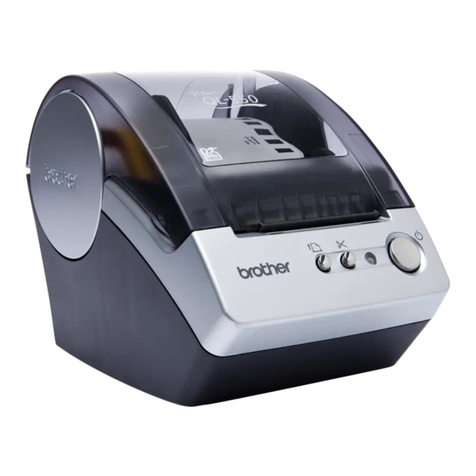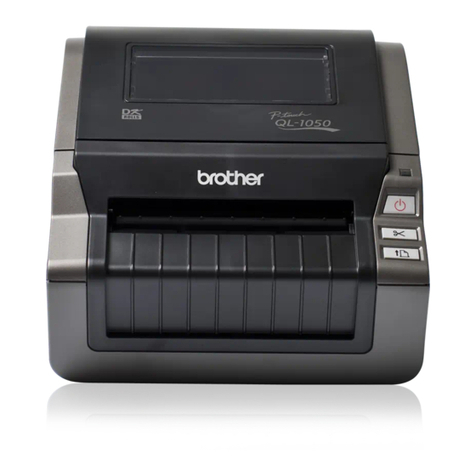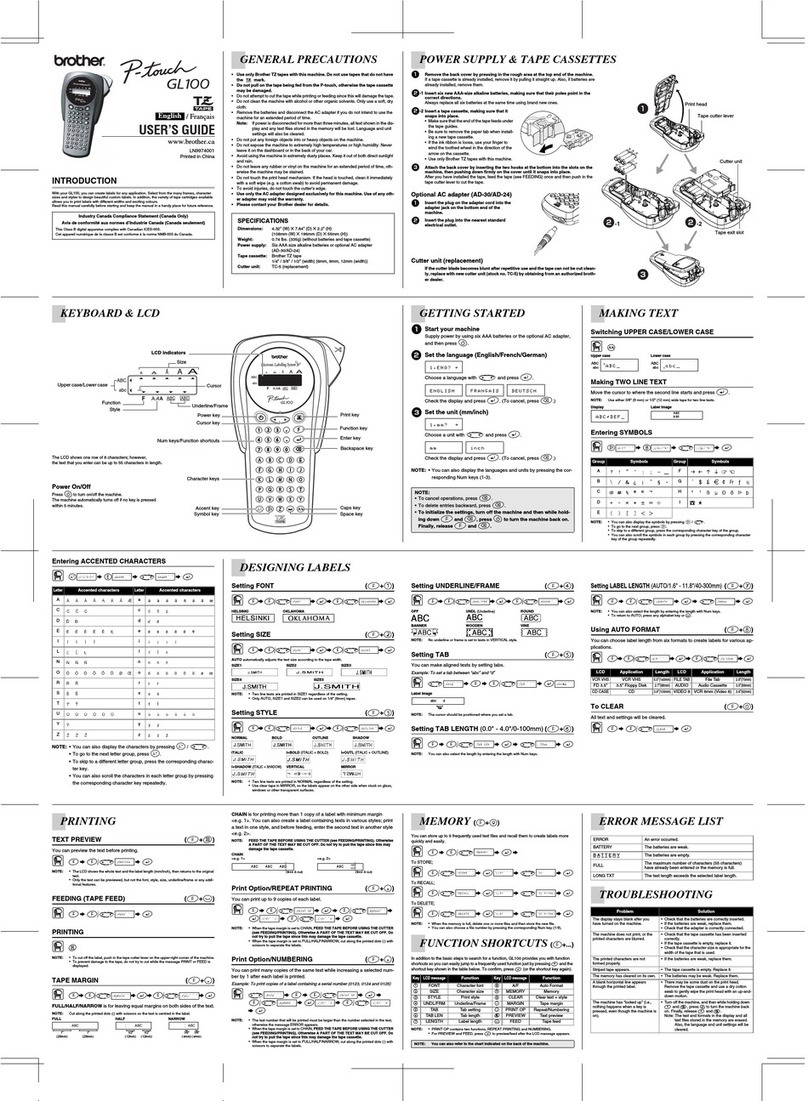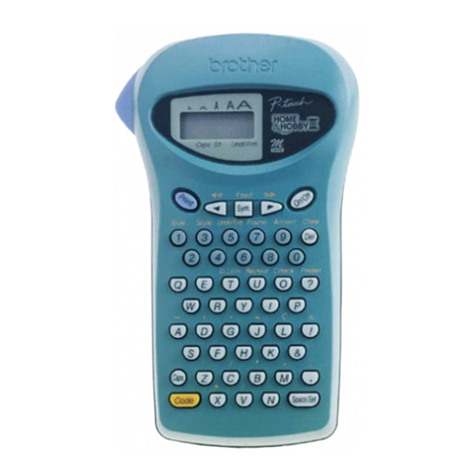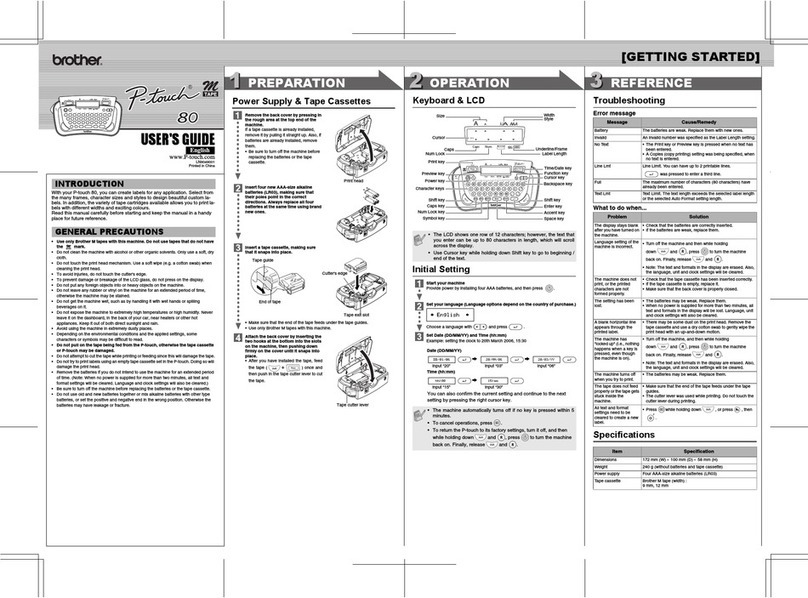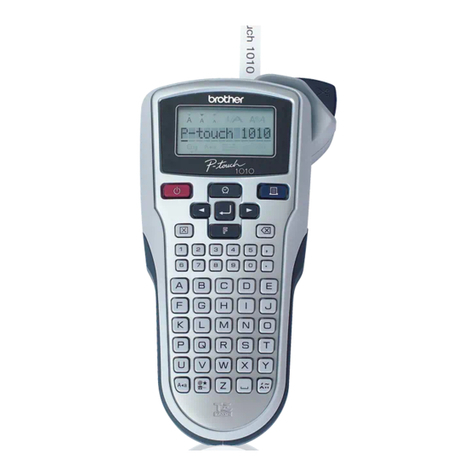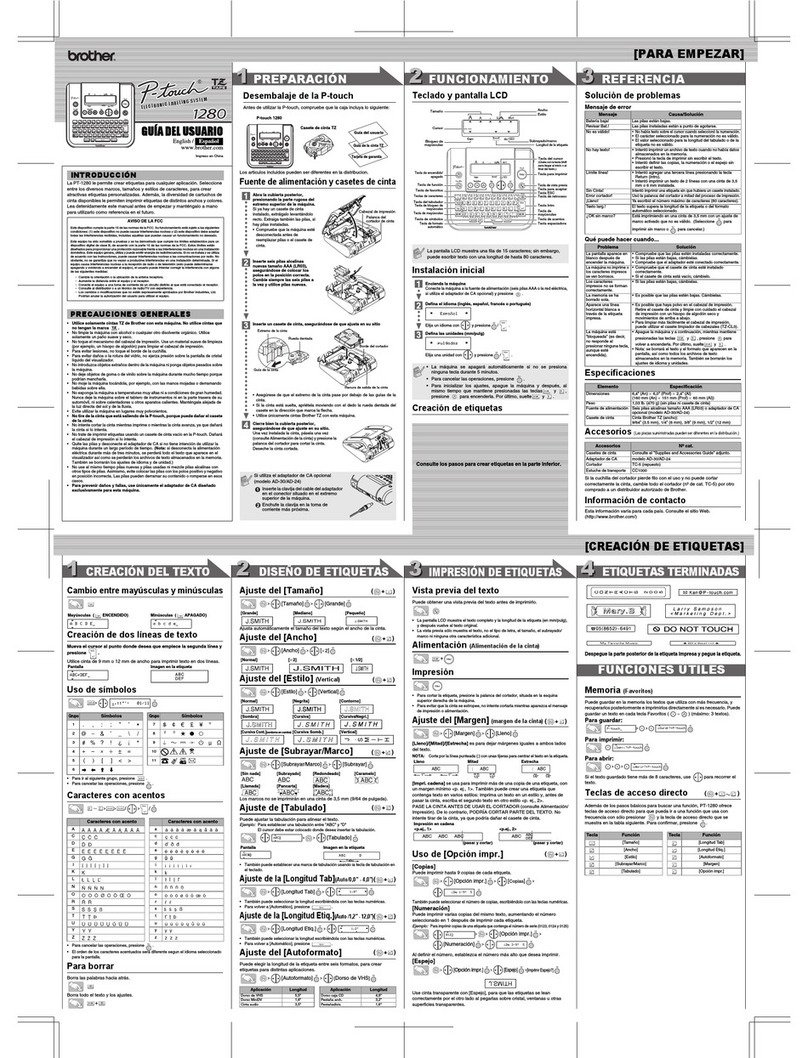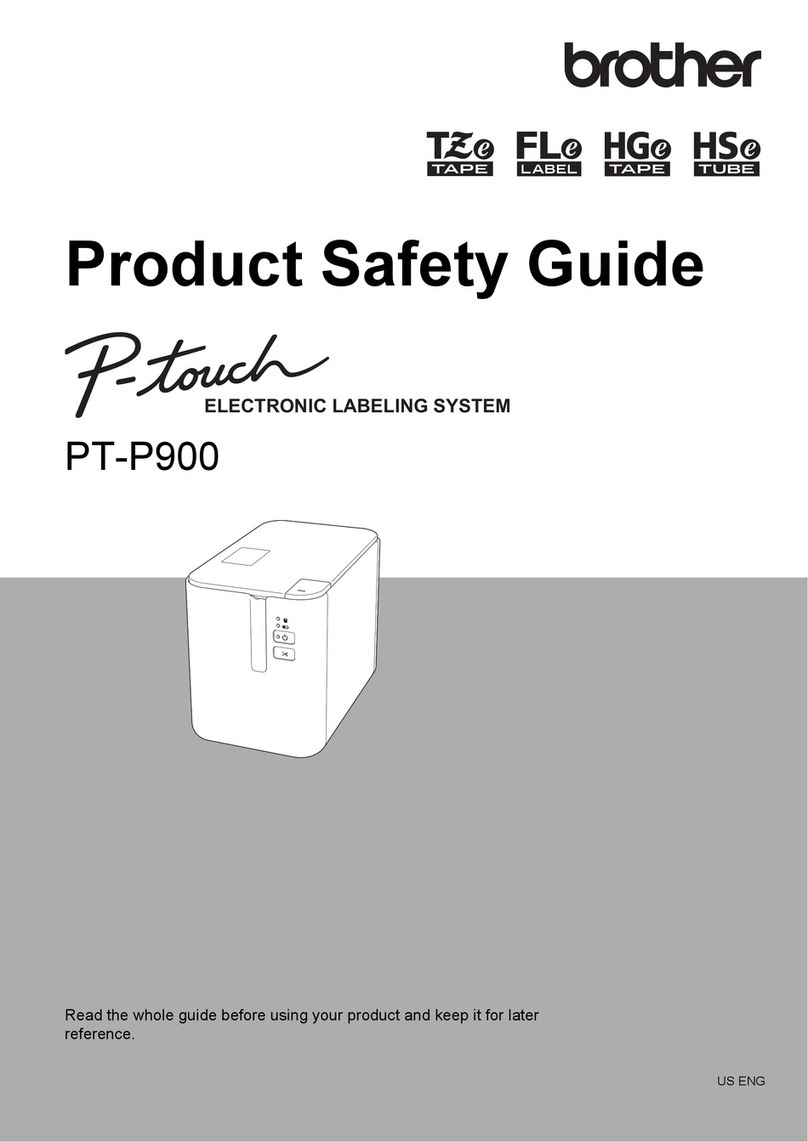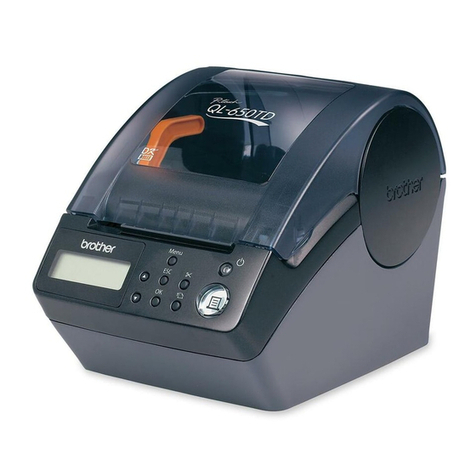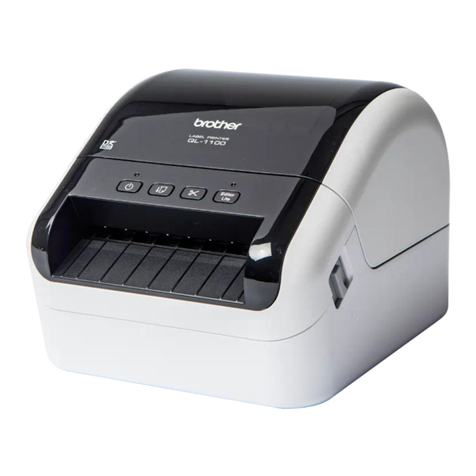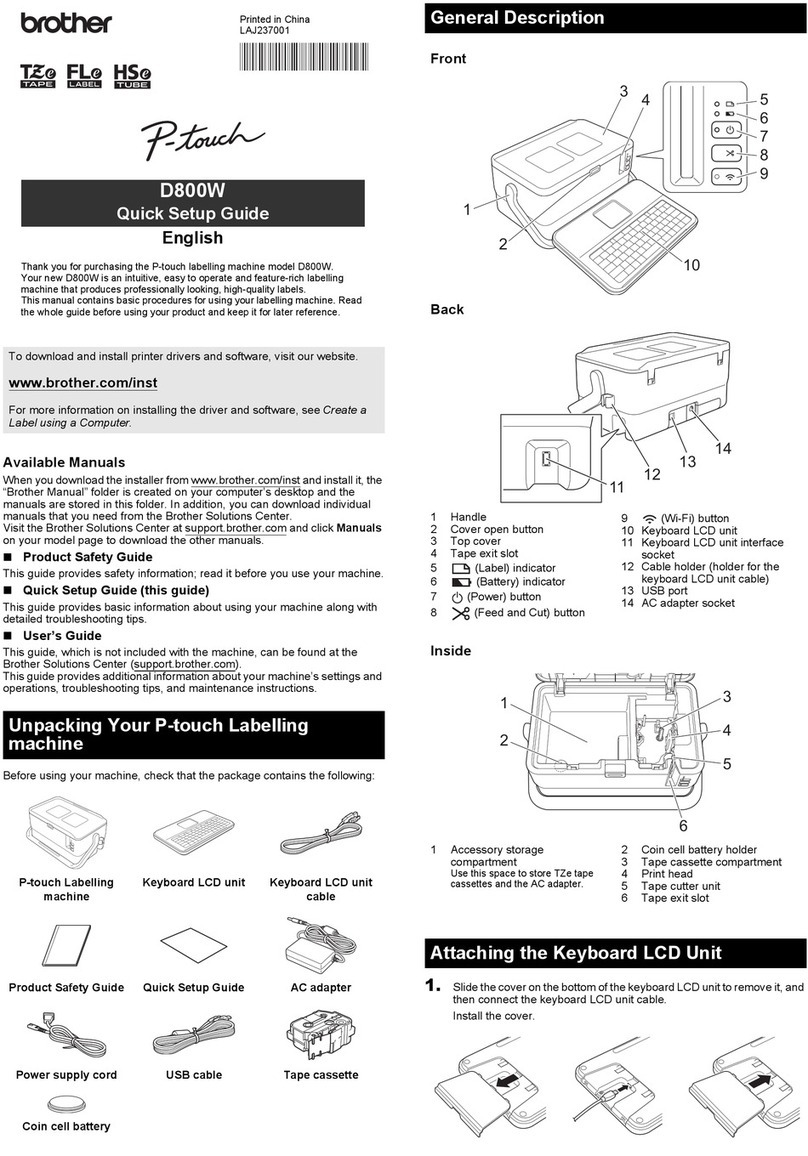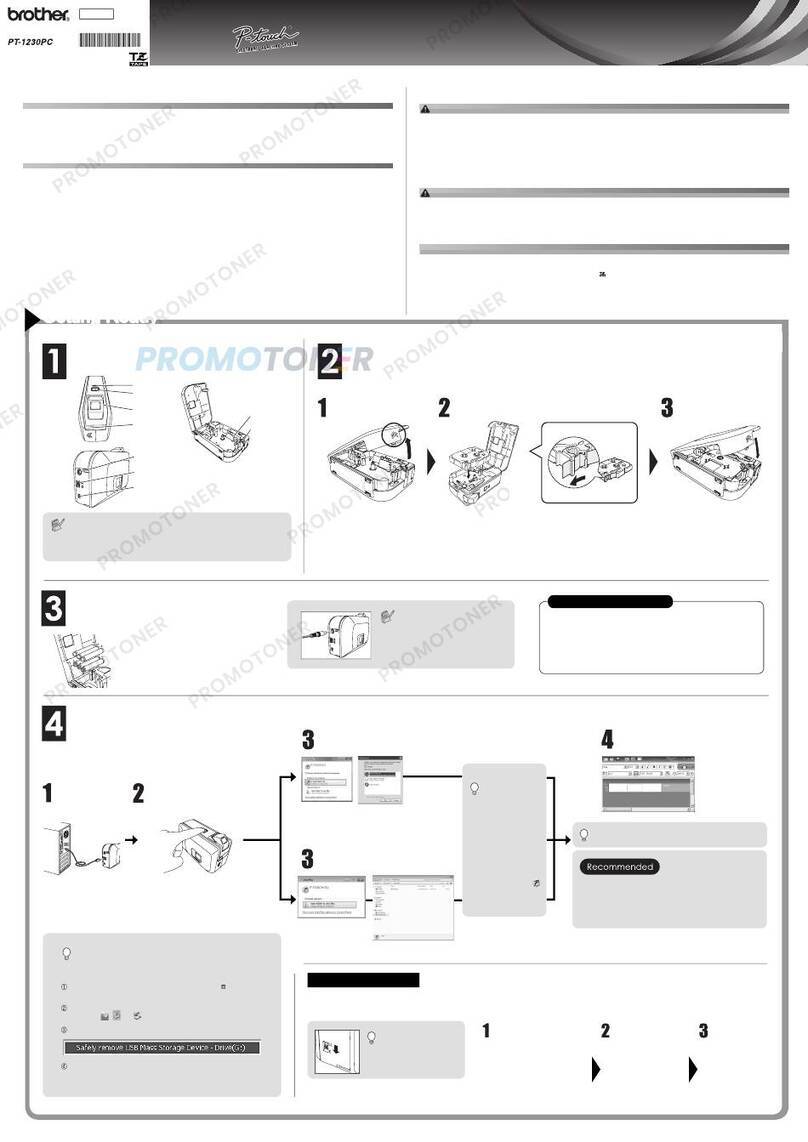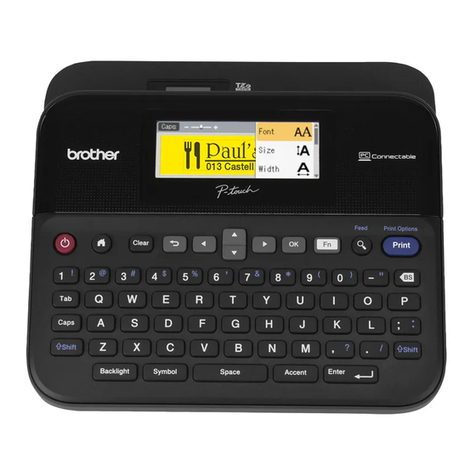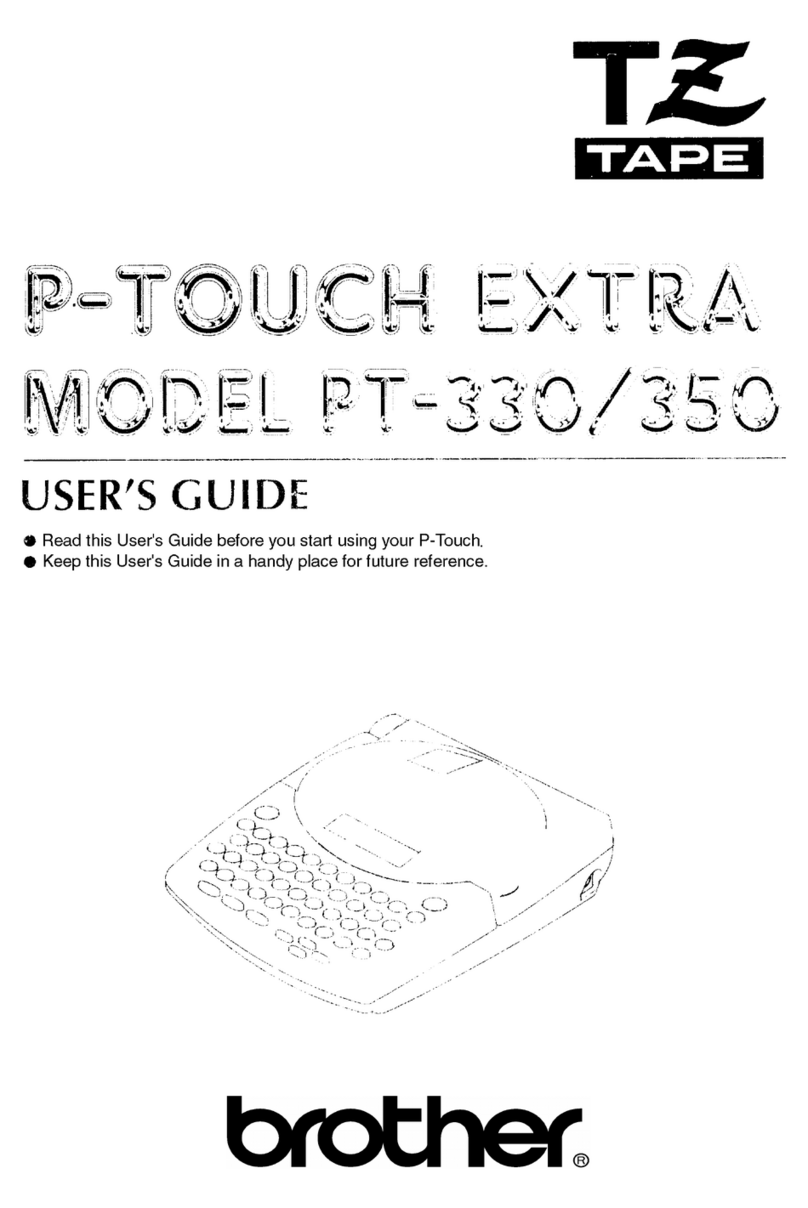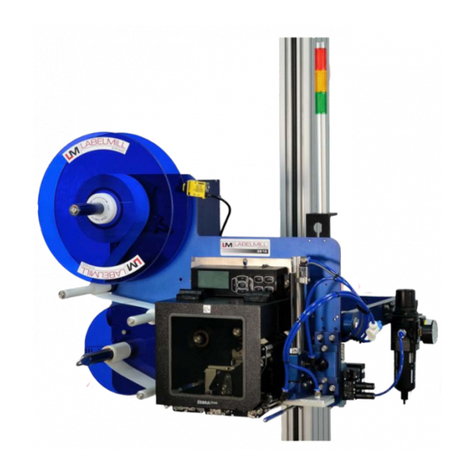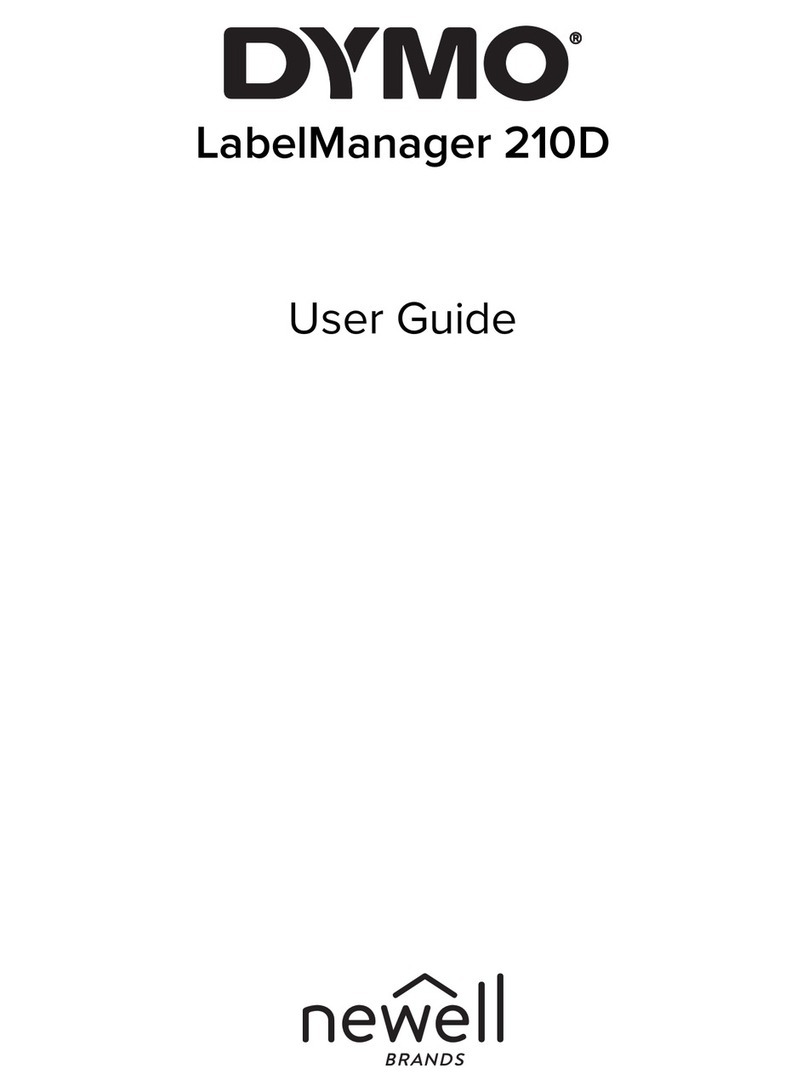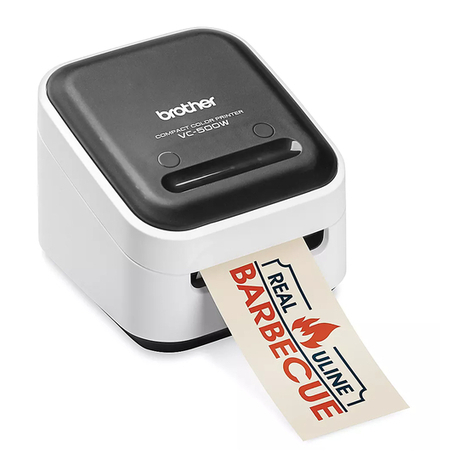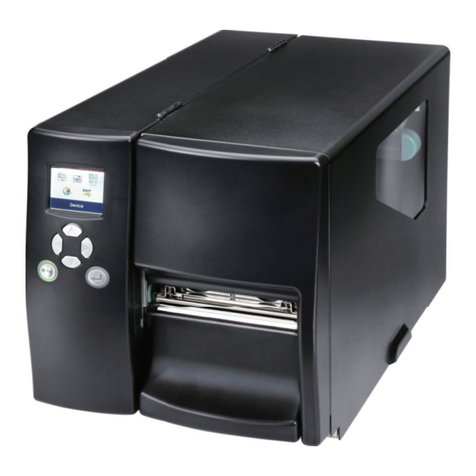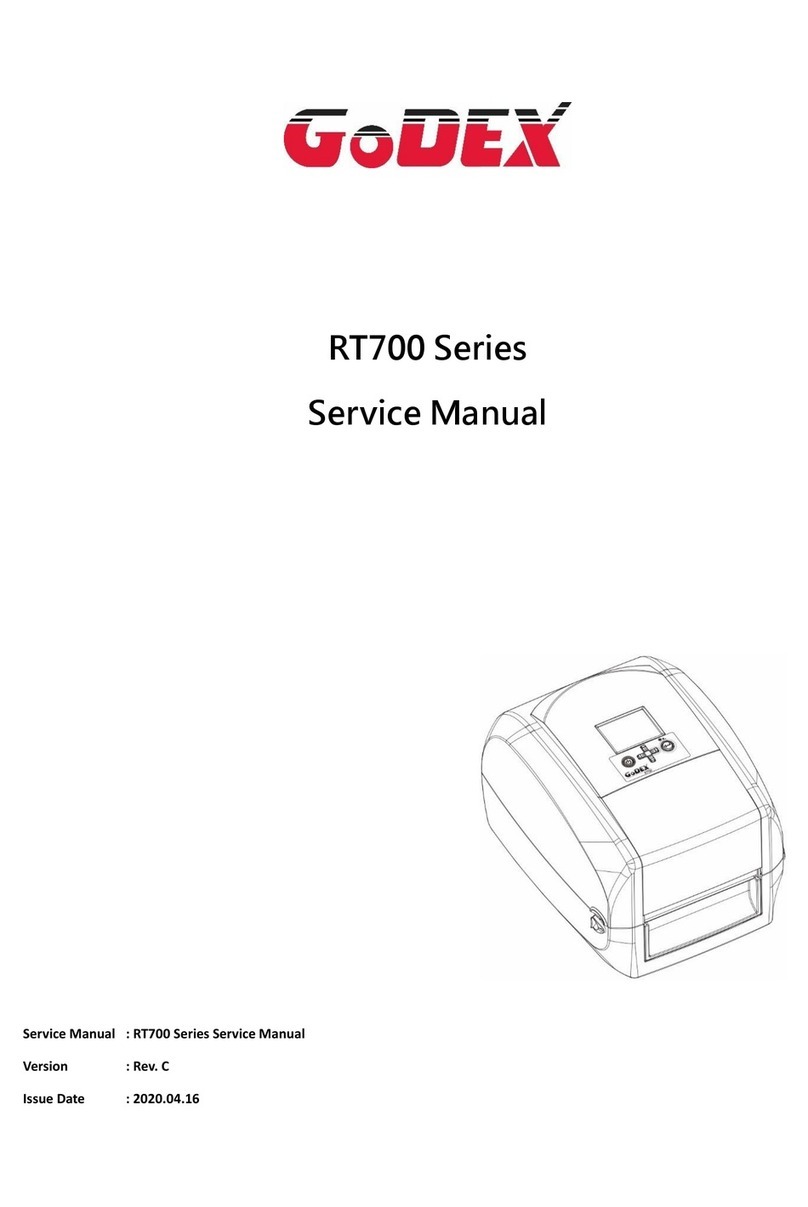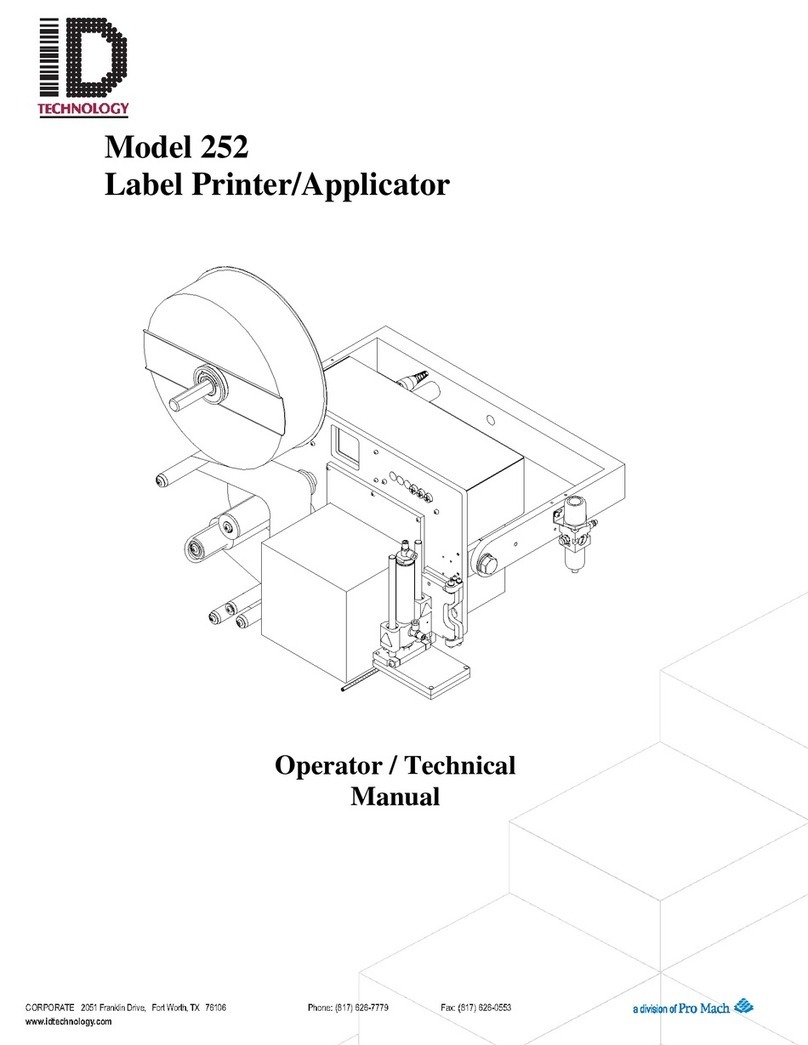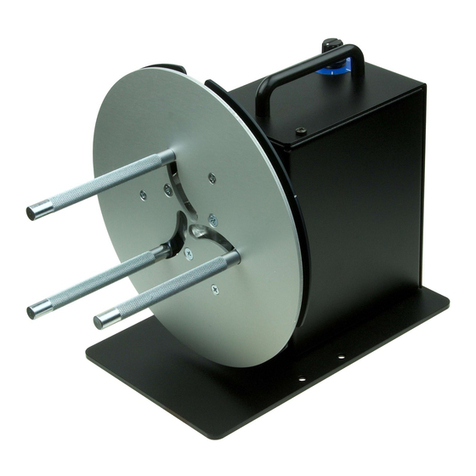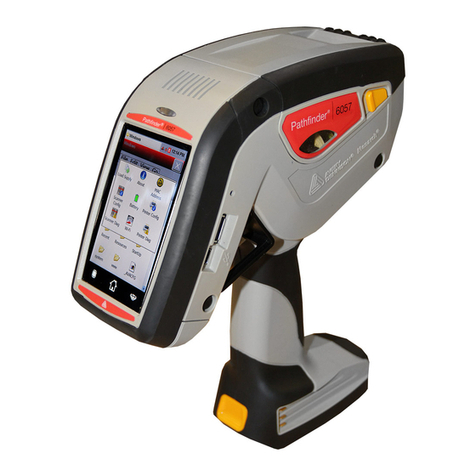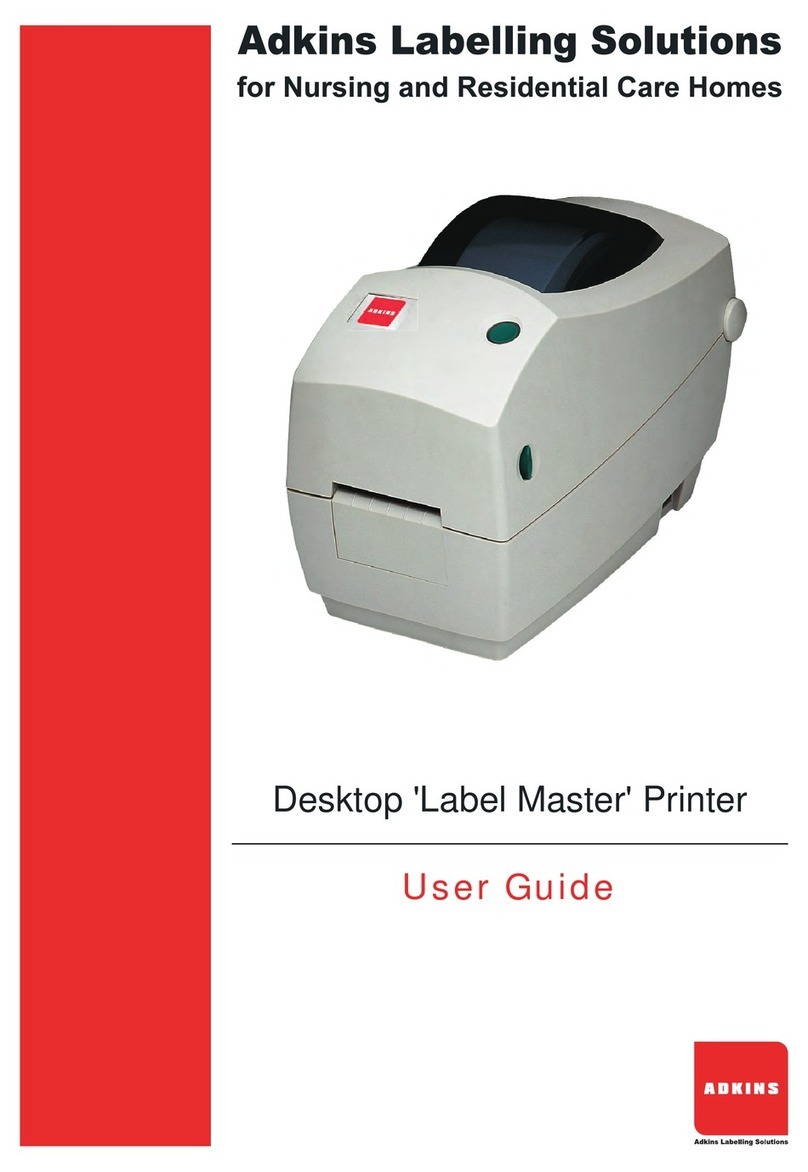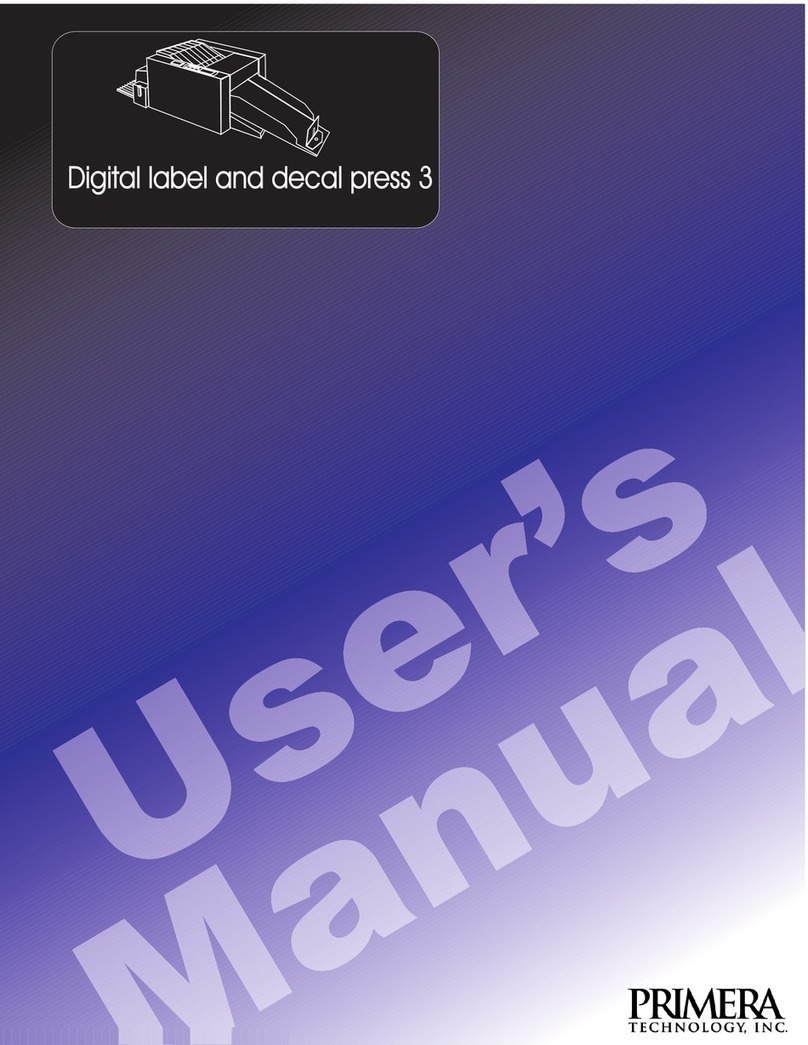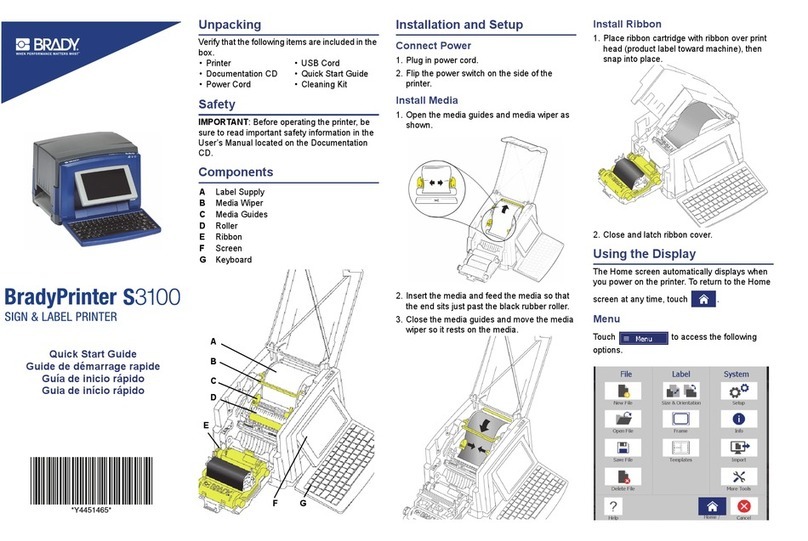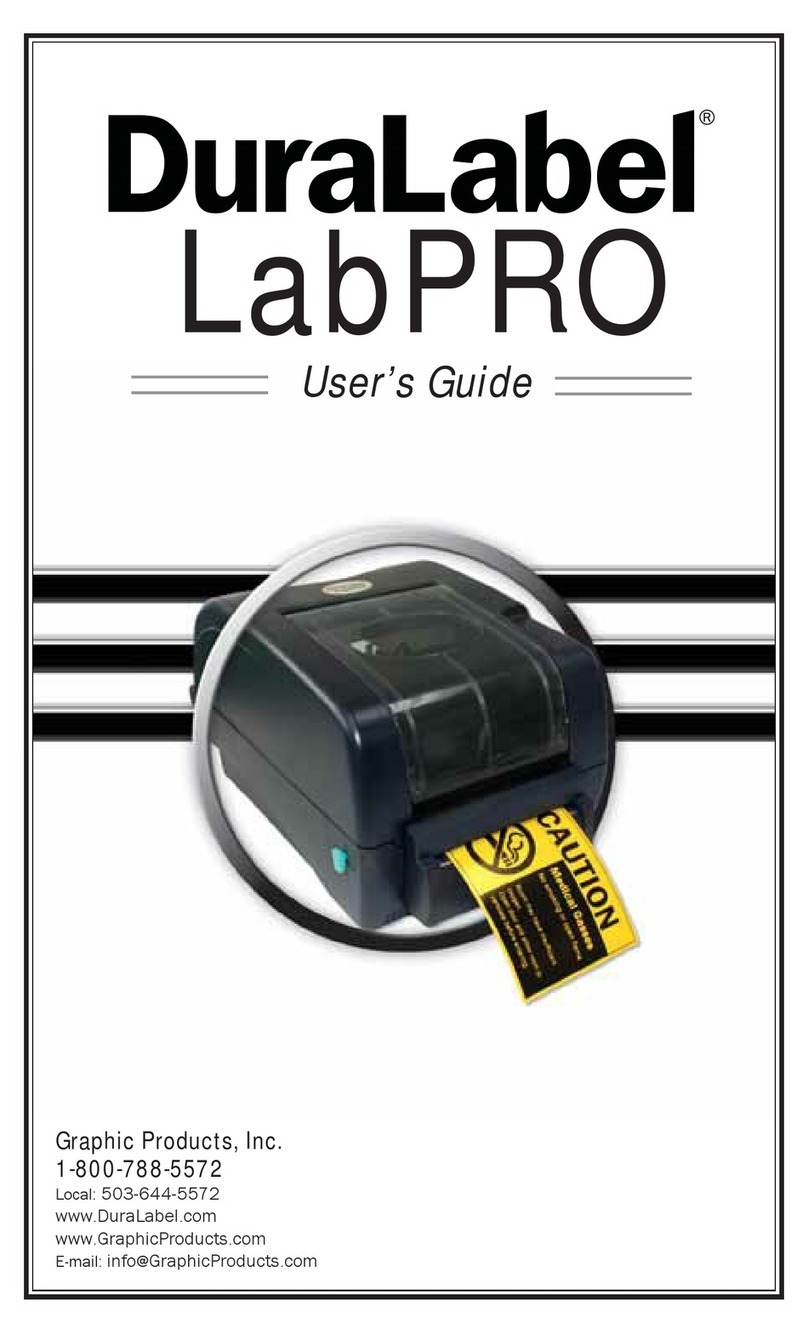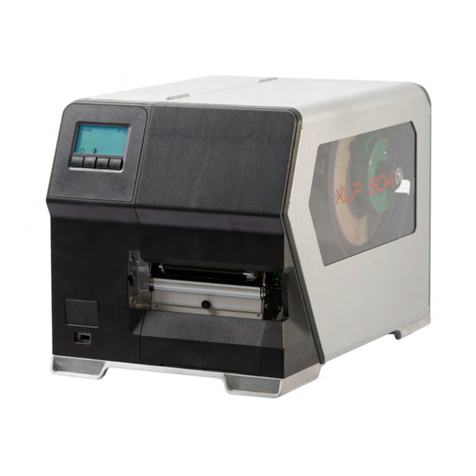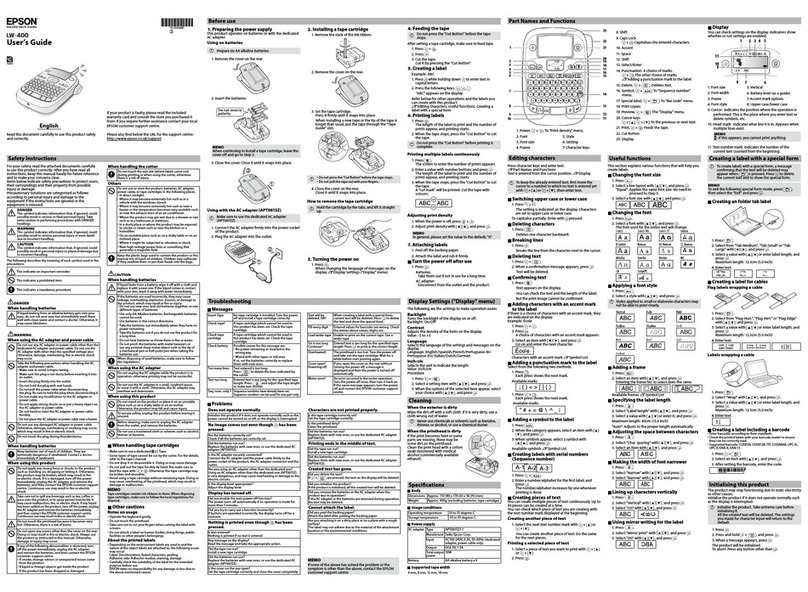
Home > Before You Use Your Brother Machine > Safety Precautions
Safety Precautions
Follow these guidelines to avoid the risk of smoke or heat generation, explosion, fire, or injury.
DANGER
Rechargeable Li-ion Battery
Carefully observe the following precautions for the rechargeable Li-ion battery (hereafter referred to as
“rechargeable battery”). If these precautions are not followed, overheating, leaking, or cracks in the battery
may result in an electrical short, explosion, smoke, fire, electrical shock, injury to yourself or others, or
damage to the product or other property.
• Use only for its intended purpose.
• DO NOT attempt to charge the battery using an unsupported charger.
• DO NOT charge, use, or leave the battery in high-temperature (above 60°C /140°F) locations.
• DO NOT allow the rechargeable battery to come into contact with or to be immersed in water.
• Keep away from heat and fire.
• DO NOT connect the + and - terminals with metal objects such as wire. DO NOT carry or store the
battery with metal objects.
• DO NOT throw, hit or damage the battery in any way.
• DO NOT solder any connections to the battery.
• DO NOT disassemble, modify, or attempt to repair the rechargeable battery.
• Dispose of batteries at an appropriate collection point. Be sure to observe all applicable local regulations.
• When charging the rechargeable battery, use the battery charger designed specifically for the
rechargeable battery.
• DO NOT use the rechargeable battery in corrosive environments, such as areas where salty air, salt
water, acids, alkalis, corrosive gases, chemicals, or any corrosive liquid is present.
• DO NOT use the rechargeable battery if it is damaged or leaking.
• DO NOT use the rechargeable battery with the polarity (+) (-) reversed. Check the orientation of the
rechargeable battery before inserting it, and do not try to force the rechargeable battery into your printer.
Charging the rechargeable battery with the polarity reversed could cause an abnormal chemical reaction
within the rechargeable battery or abnormal current flow during discharge.
• DO NOT directly connect the rechargeable battery to a household electrical supply.
• Liquid (electrolyte) leaking from your printer or rechargeable battery may indicate that the rechargeable
battery is damaged. If the rechargeable battery leaks, immediately stop using your printer and isolate
your printer by placing it in a bag.
DO NOT touch the electrolyte. If electrolyte gets in the eyes, do not rub them and obtain medical
attention. Immediately wash out the eyes with water continuously for at least 15 minutes. If left alone, the
electrolyte could cause eye damage. If electrolyte contacts your skin or clothing, immediately rinse them
with water.
• DO NOT put the rechargeable battery, or a printer with the rechargeable battery installed, into a
microwave oven or a high-pressure container.
• DO NOT dispose of the rechargeable battery in fire or intentionally overheat. This could cause the
internal insulation to melt, gas to be emitted, or safety mechanisms to fail. Additionally, the electrolyte
solution could catch fire.
• DO NOT leave a drained rechargeable battery in your printer for a long period of time. This could shorten
the life of the rechargeable battery or lead to an electrical short.
• If your printer can only be used for a short period of time, even though the rechargeable battery is fully
charged, the rechargeable battery may have reached the end of its service life. Replace the rechargeable
battery with a new one. When removing and replacing the rechargeable battery, cover the terminals of the
old rechargeable battery with tape to avoid creating a short in the battery.
3
